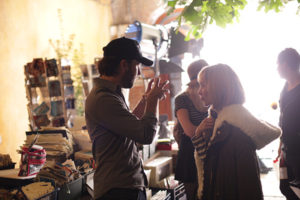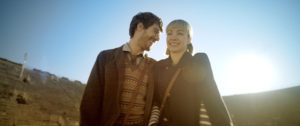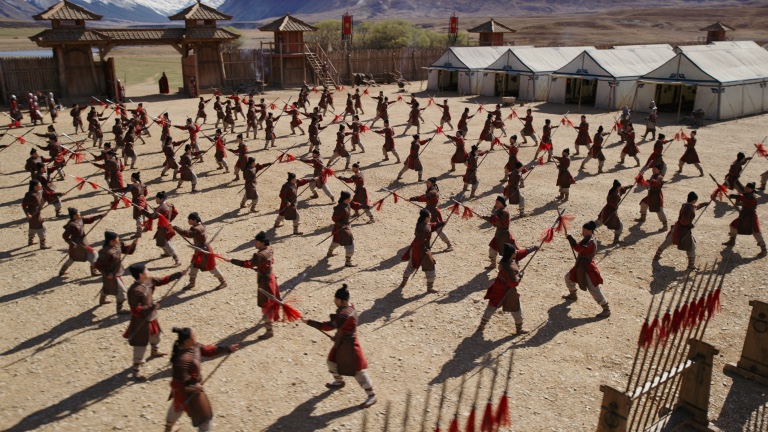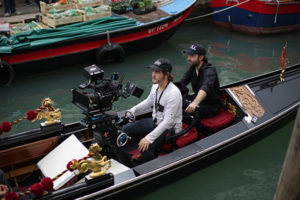
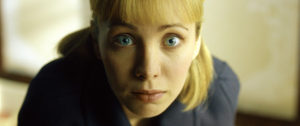 For the new film In Search of Fellini, writer/producer Nancy Cartwright and director Taron Lexton took Cartwright’s true-life experiences and created an independent production which pays homage to the legendary director and carves its own niche in surprisingly refreshing ways. Of course, international audiences will recognize Cartwright’s name as the voice of Bart Simpson. Yet, this project took her into decidedly different directions.
For the new film In Search of Fellini, writer/producer Nancy Cartwright and director Taron Lexton took Cartwright’s true-life experiences and created an independent production which pays homage to the legendary director and carves its own niche in surprisingly refreshing ways. Of course, international audiences will recognize Cartwright’s name as the voice of Bart Simpson. Yet, this project took her into decidedly different directions.
“In 1985, before I was cast as Bart, “she said of her journey that culminated in this new film, “I was in an acting class and doing six animated shows on Saturday syndicated television. I was very successful and single and making a pretty good living doing cartoons. I was doing scene study – my teacher suggested I take a look at Fellini’s La Strada (1954). I was inspired and started putting up scene after scene in my class.”
Though Cartwright was making, in her words, “a good living,” she felt as though something was missing inside. “I wasn’t cultivating the muse inside of me,” she recalled. “I had this idea of going to Italy and meeting Fellini; I wanted to get the rights to La Strada onstage.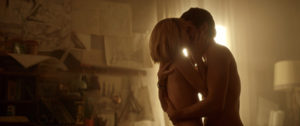
After Cartwright started writing Fellini numerous letters, she finally heard back from his office. “Glad that you love La Strada,” said Fellini’s handlers, but they added, “Please don’t come here.” Despite the decline of connecting with the legendary director, Cartwright ended up travelling to Italy, starting in Milan. “I wanted to eat, drink, fall in love; everything that an American girl does in her 20s.”
In her search of Fellini, 75% of which actually happened to her in her new film, Cartwright eventually discovered her muse. “Sometimes, you have to travel far, far away in order to find what is closest to you,” she said of her travels. “In this movie, [leading character] Lucy is finding her purpose in life. The theme has a lot to do with making your dreams come true.”
Ultimately, Cartwright and screenwriter Peter Kjenaas cultivated a script which followed Cartwright’s aforementioned true experiences. “We have such a wonderful partnership,” she said of her co-writer. “We met about 26 years ago. By then, I was on The Simpsons. I didn’t see myself as a writer, but Peter said, ‘I want to work with you.’ We ended up writing it in one week. It sounds impossible, but we had been working on it for about 20 years. The essence of the story was always the same. The main incidents that happened in the film have never changed; those are based on reality.”
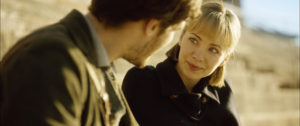 When Cartwright spotted director Taron Lexton’s visual work, she knew he was the best choice to direct In Search of Fellini, though Lexton deferentially gave credit to his crew for conjuring the sumptuous look of the film. “Kudos to our amazing DP, Kevin Garrison,” Lexton said. “He did so much intensive research. We had to find out what were the big-ticket items that would elevate our looks: Red Dragon X — we got some beautiful Arri master primes. Todd Jeffrey, our production designer, found those locations, which would deliver that kind of spectacle. Todd came with us and assembled our interiors from scratch in both Italy and the U.S. into these beautiful textured universes. It was a good year of pre-production in true indie fashion to squeeze every bit out of what we had.”
When Cartwright spotted director Taron Lexton’s visual work, she knew he was the best choice to direct In Search of Fellini, though Lexton deferentially gave credit to his crew for conjuring the sumptuous look of the film. “Kudos to our amazing DP, Kevin Garrison,” Lexton said. “He did so much intensive research. We had to find out what were the big-ticket items that would elevate our looks: Red Dragon X — we got some beautiful Arri master primes. Todd Jeffrey, our production designer, found those locations, which would deliver that kind of spectacle. Todd came with us and assembled our interiors from scratch in both Italy and the U.S. into these beautiful textured universes. It was a good year of pre-production in true indie fashion to squeeze every bit out of what we had.”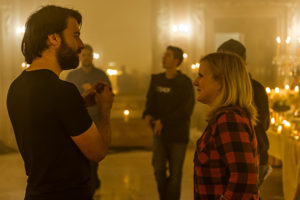
To shoot In Search of Fellini, Lexton only had four weeks of principal photography, shooting 25-50 shots per day, but luck was on his side. “The whole movie process was quite dreamlike,” he said. “The movie feels how the production felt. We would look at the monitor and look at each other – ‘Is this happening?’ I’m a very methodical filmmaker – nail the script, shoot it the way I wrote it, and edit it the way I shot it. This film was the opposite. The discoveries we were making on the way… we had so much more material than we thought.”
In post-production, Lexton worked closely with editor K. Spencer Jones to bring the film to its current point. “Weaving it together was a long process – months and months of going through every single take and considering how to best use each moment,” the director said. “Nancy allowed us a lot of room to continue the creative process and not become rigid or regimented. Nancy’s original experience and Fellini: that was the guiding experience all through post.”
In the end, Lexton noted the two things which made his film click on a short shooting schedule with a small budget. “Having a great story that everyone is in support of – not spending time getting lost,” he said, before adding one final element. “Having an amazing cast who can go at the push of a button.”

